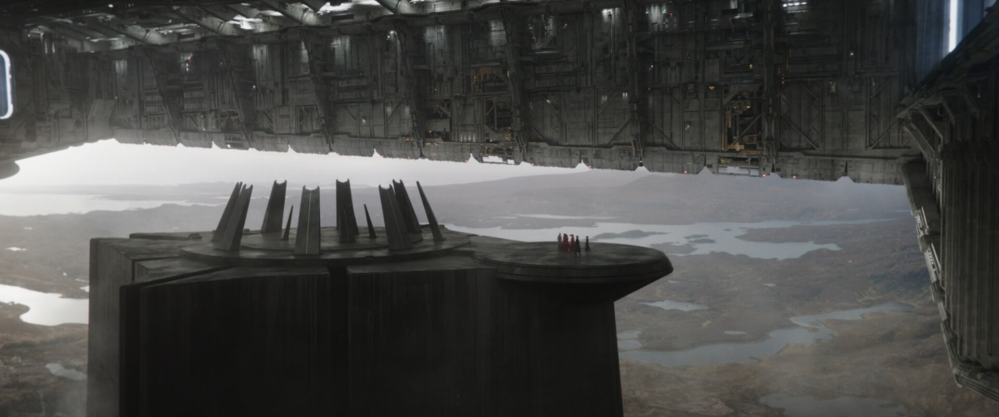
In a galaxy even further away... back to Star Wars miniature gaming
The game is approaching its first playtest status
Before I started writing anything substantial starting 2 months ago, I was thinking about this whole thing for almost two years now. I only started working on this in earnest once I identified the basic design concepts and cornerstones for this project:
- no tokens; only where neccessary and unobtrusive
- an action-economy
- an easy and dynamic system of changing unit statuses in the course of the game
- dice pool-mechanics
- many, many decision points for players
I’ve written a lot already and will present it piece by piece here. First: Some Basics (which still are not all), and the first unit cards for playtest games among my friends and me:
B A S I C C O N C E P T S
DICE
The game uses 6-sided dice which are used to form dice pools. Dice pools include one or multiple dice, which are rolled to determine the outcome of actions and events. When you roll dice, each die rolled produces either a success or a failure. The minimum die roll required to produce a success is indicated by the color of the die:
– Red: 3+
– Black: 4+
– White: 5+
>>Action Dice icon<< ACTION DICE
Action Dice are used for a variety of things during the game. They are used to determine Initiative, to activate units, or are spent when a units wants to perform actions. Additionally, you can boost dice pools by spending one or more Action Dice when you form a dice pool.
At the start of the Activation Phase, before units are activated, all units refresh their Action Dice up to the their current printed limit.
When a unit boosts a dice pool, it spends 1 or more of its remaining Action Dice. Each Action Die spent adds 1 black die to the dice pool.
When a unit ends up with a number of Action Dice exceeding its current printed limit, immediately remove Action Dice from the unit until it no longer exceeds its current printed limit. This can happen for example when an eager unit with a number of Action Dice at its limit gets strained and the strained side of its unit card has a lower printed limit of Action Dice than the eager side of its unit card.
If a unit runs out of Action Dice during another unit’s activation, the player controlling the unit which ran out of Action Dice may choose to exhaust that unit when the last Action Die is removed.
>>Force icon<< FORCE DICE
Force Dice represent a unit’s ability to use the Force in battle. Like Action Dice, Force Dice can be used for a variety of things, but unlike Action Dice they do not refresh automatically.
A unit can spend Force Dice to boost dice pools. Each Force Die spent adds a die of the player’s choice (red, black or white) to the dice pool.
Once during a unit’s activation, a Force Die can be spent to recover.
Certain Special Actions require a unit to spend a Force Die, which is indicated by >>force icon<< preceeding the Special Action.
THE WILL OF THE FORCE
At the Start of the Activation Phase, players count all their Force Users and roll an equal number of white dice. If a player rolls at least 1 success, that player may add 1 Force Die to any Force User. A Force User can never have more Force Dice than that unit’s printed starting Force Dice.
CARD STATUS: READY AND EXHAUSTED
A card always is in one of two states: Ready or exhausted.
A ready card is ready for action, which is indicated by the card being aligned so that its card text is parallel to its controlling player’s table edge.
An exhausted card is no longer ready for action, which is indicated by the card being turned 90° on its side so that its card text is vertical to its controlling player’s table edge.
Unit cards are exhausted to indicate that a unit has completed its activation and cannot be activated until it is readied again. Some cards like certain upgrade cards must be exhausted in order to trigger their effect. Such cards always explain how they can be readied for further use.
UNIT STATUS: EAGER, STRAINED AND SHAKEN
A unit always is in one of two states: Eager or strained. An eager unit is in high spirits, motivated or cool-headed. This state represents the unit at its most effective. A strained unit suffers from stress, injury, or has lost its footing or cool and no longer is at its most effective.
An eager unit is indicated by its unit card showing its eager side (the side with the Action Dice-, Force Dice- and Resilience-scores in blue).
A strained unit is indicated by its unit card showing its strained side (the side with the Action Dice-, Force Dice- and Resilience-scores in red).
A strained unit can also become shaken, which is indicated by placing a shaken token on the unit’s unit card. When a unit becomes shaken, its fighting spirit is severely diminished and it cannot effectively contribute to the mission any longer until it regains its fighting spirit. The following restrictions apply to a shaken unit:
– A shaken unit cannot perform attack actions.
– A shaken unit cannot perform interact actions and does not count towards victory conditions for its controlling player.
– A shaken unit cannot move into base contact with an enemy unit.





























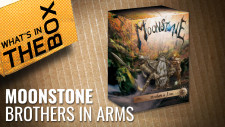



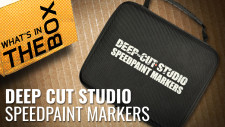
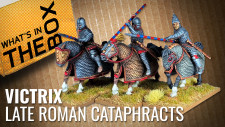

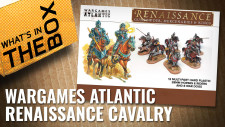




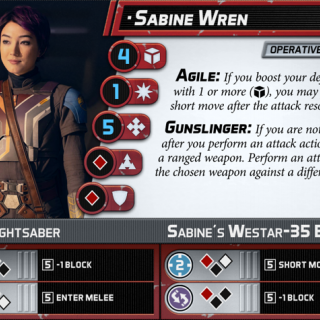
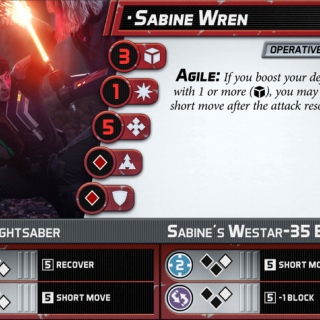
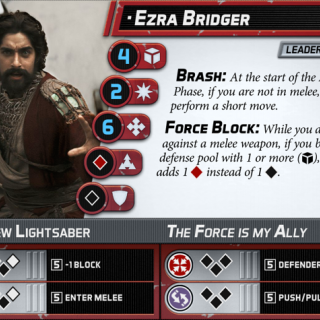
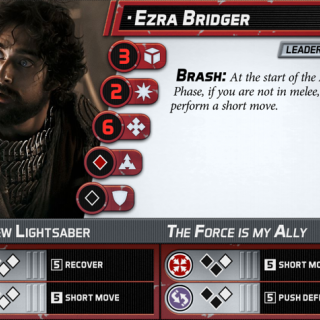
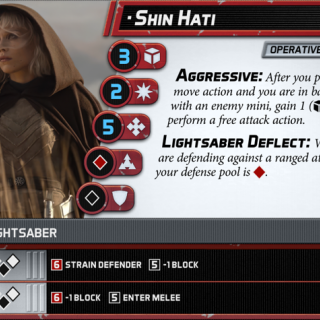

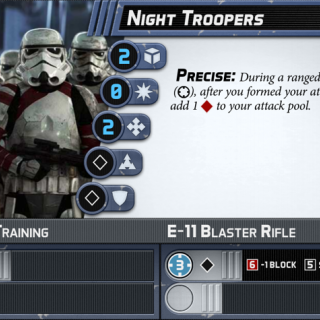
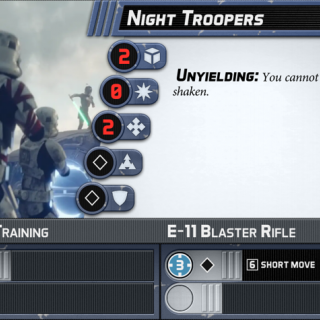
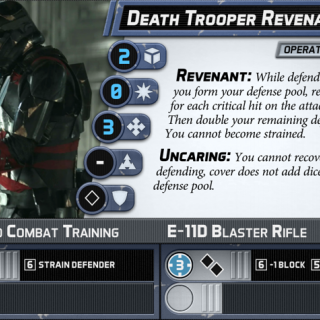
















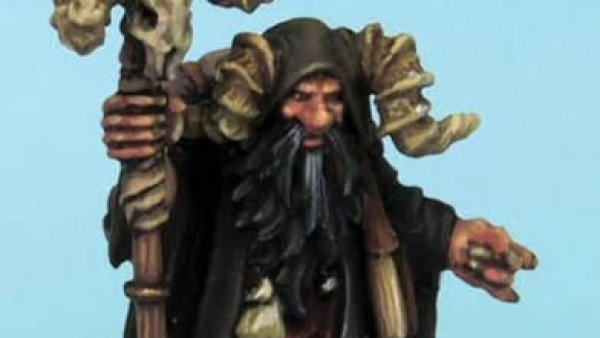
















I’m not much for many games anymore, all the trinkets get in the way, but this sounds interesting. Keep tinkering and I’ll follow along.
That’s a fabulous looking game you have made their @fourtytwo congratulations on your gold button.